Featured in
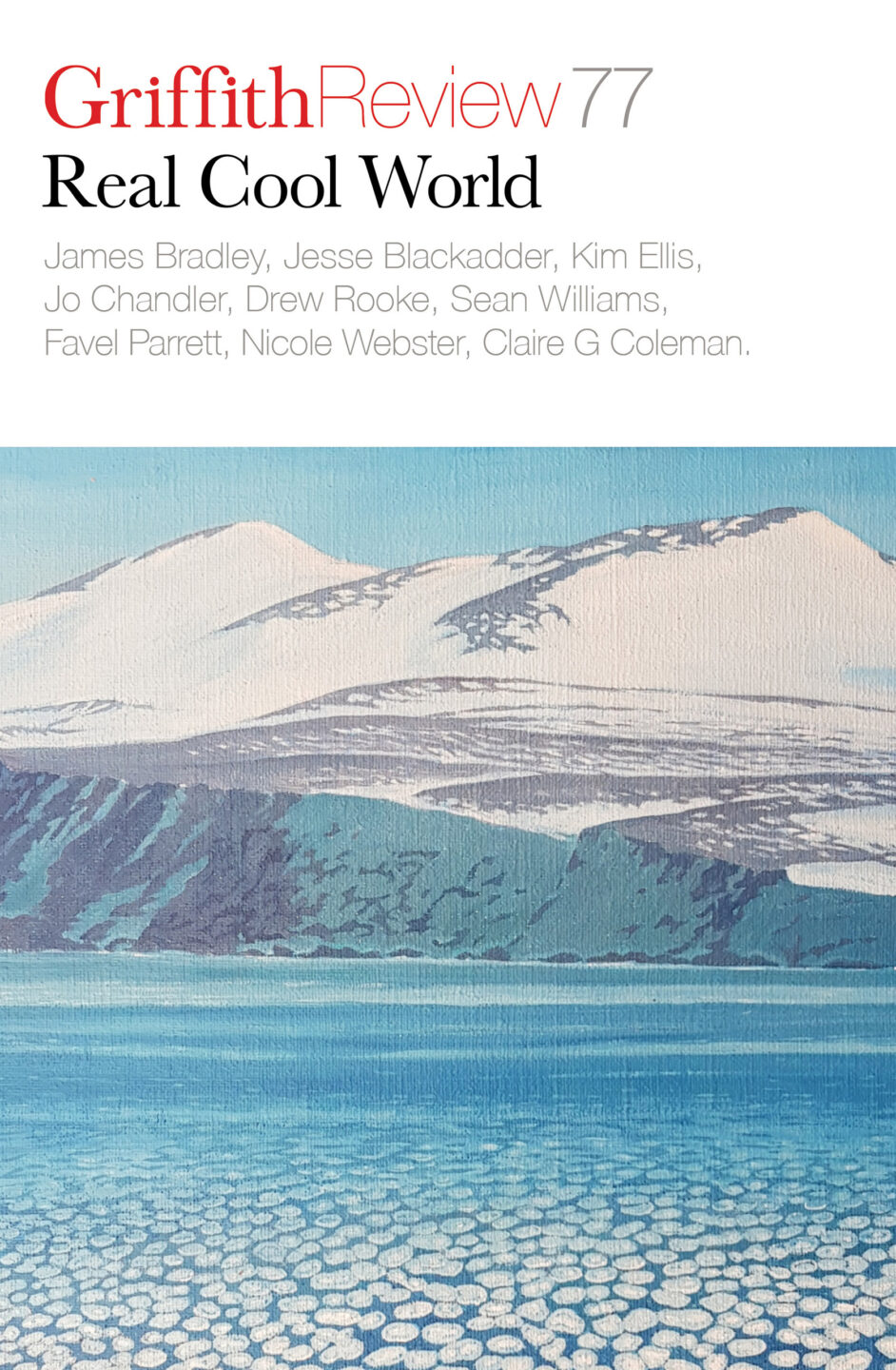
- Published 20220503
- ISBN: 978-1-922212-74-0
- Extent: 264pp
- Paperback (234 x 153mm), eBook
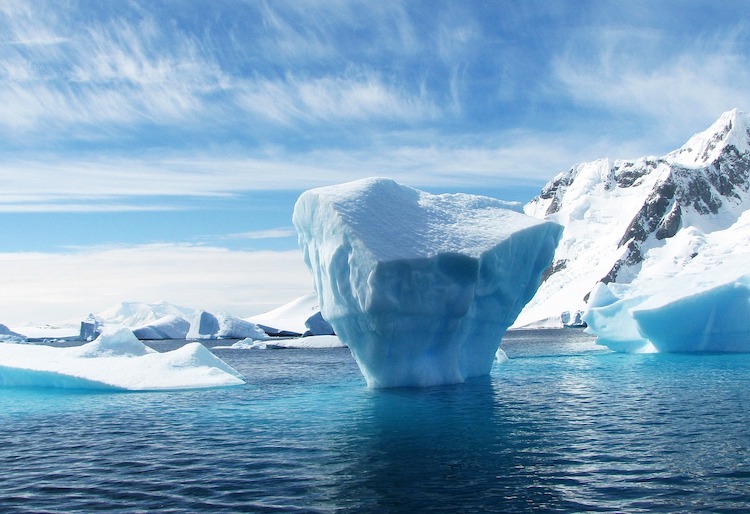

Already a subscriber? Sign in here
If you are an educator or student wishing to access content for study purposes please contact us at griffithreview@griffith.edu.au
Share article
About the author

Alessandro Antonello
Alessandro Antonello is a historian at Flinders University, Adelaide. His research investigates environmental and international histories of Antarctica, the global cryosphere, and oceans. His book The...
More from this edition
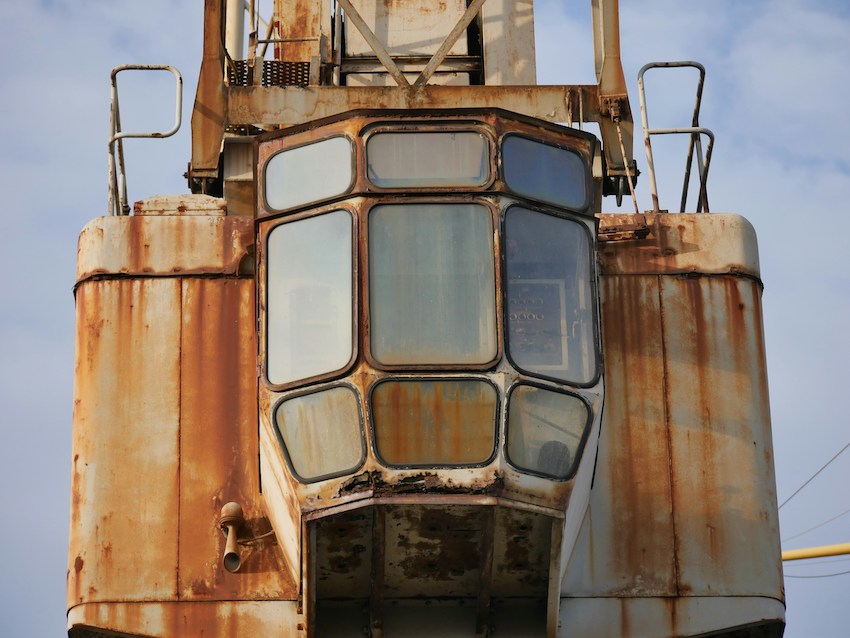
Hope sends a message
FictionI am here to get the feel of the place; to understand why they are here, at the edge of the world, keeping hope alive. I need that hope and I think I am not alone in that sentiment. That is why I was sent, why I agreed to come, why this piece is being published – unless it has been suppressed. I am displaced as much as the people here; my family have not been to our homelands for generations.
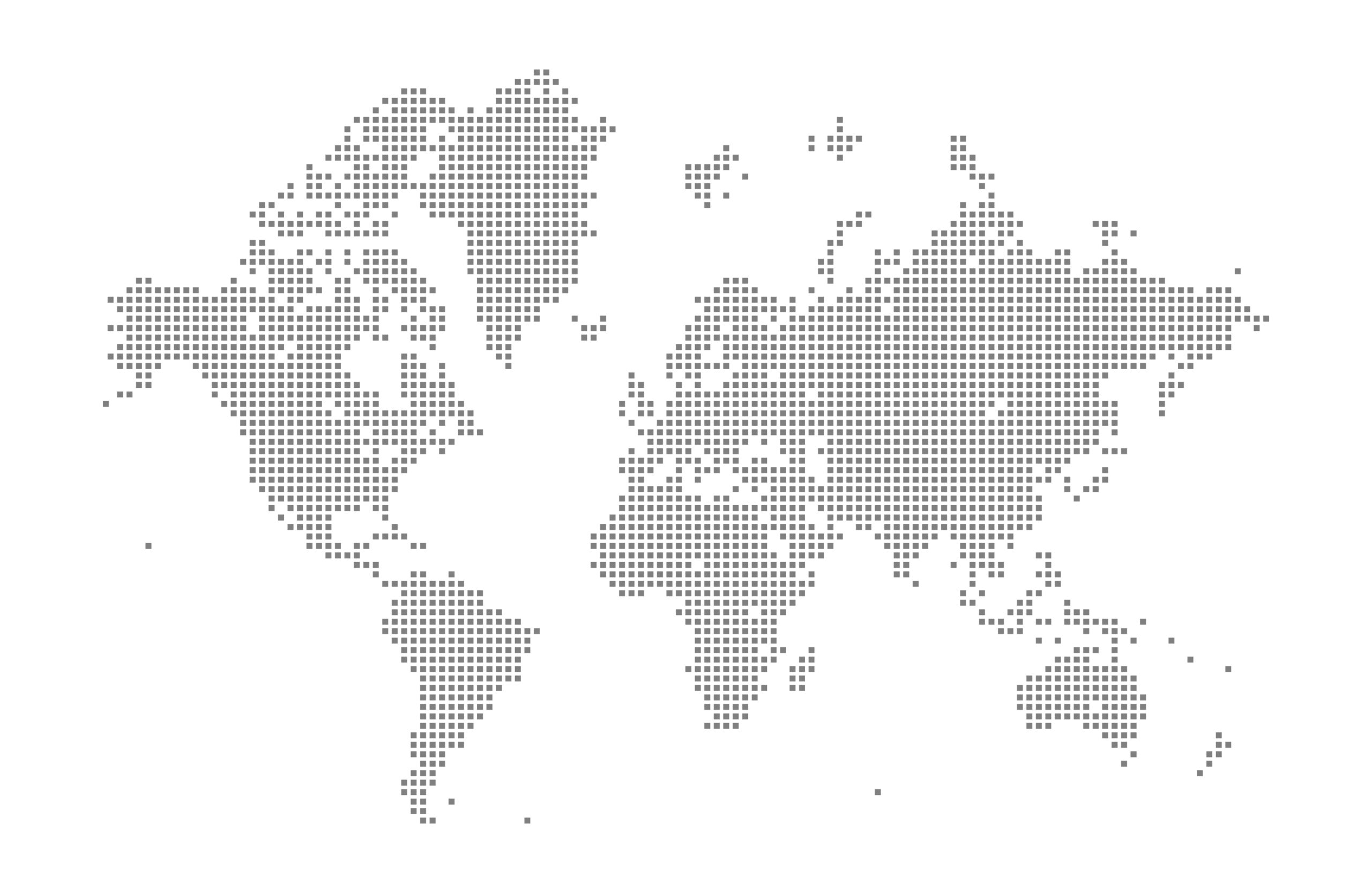
Enter the internationalist
In Conversation Approaching this year’s fiftieth anniversary of the Whitlam government’s election in December 1972, Griffith Review has curated a series of intergenerational conversations in collaboration...
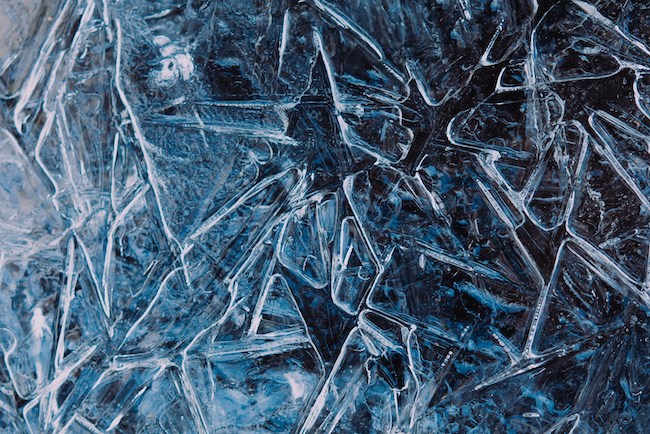
Coming soon to a beach near you
Memoir IN THE ROOM with pictures of Antarctica on the walls the scientists sit around the table and talk about how fast the Antarctic ice...